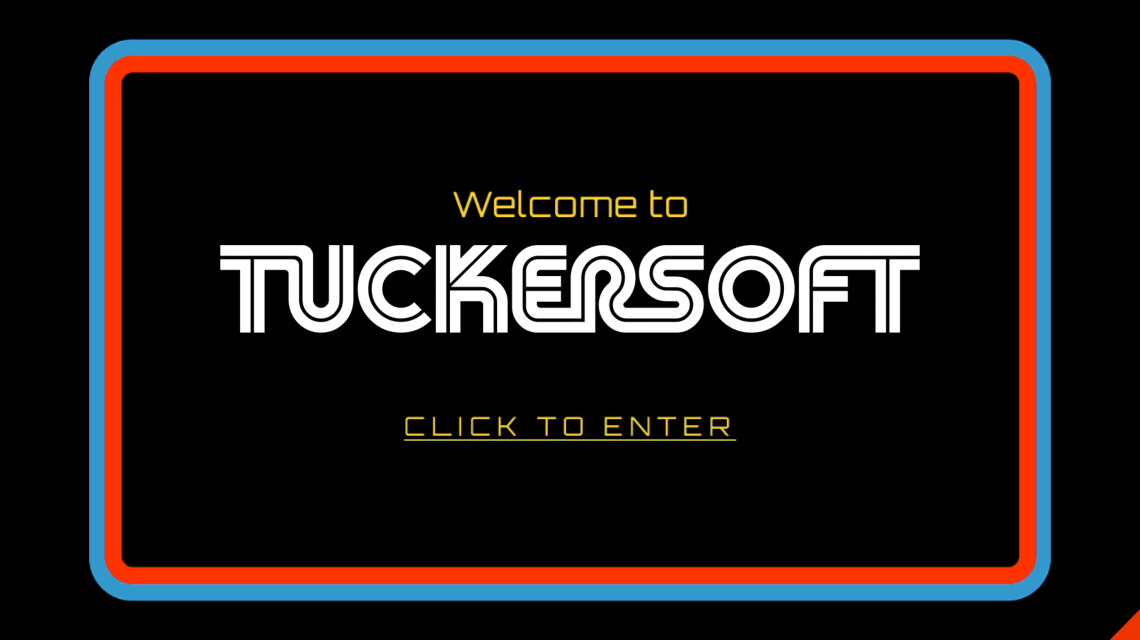Netflix’s Bandersnatch is a masterclass in branching narrative. Many have tried interactive video before but I’ve written in the past that other experiences have tended to leave the viewer cold.
So what’s good about Bandersnatch?
Bandersnatch starts typically enough with a couple of questions that don’t appear to have much consequence or require much engagement: picking a breakfast cereal and a music track on the bus. But these low-ball decisions help get the audience acquainted with the basic mechanics. No masterclass yet.
Note that all decisions are timed-limited- the audience has 10 seconds to make a decision. This adds a little anxiety and urgency to the decision making and it has the effect of keeping the story moving forward and maintaining a desirable pace.
By the time I’m in the game company’s offices and having to decide to work on their premises or alone at home, I’m invested in the protagonist and in the decision. It feels like an important choice and it is.
Designed to be replayed
But where Bandersnatch comes into its own is when the audience reaches the end and it’s clear that this is an experience designed to be replayed. It’s technically designed to be replayed – because the system remembers the story paths I traversed on previous play throughs – but most importantly the story is designed to be replayed. The concept is that our lives are a series make or break decisions which lead to us living the consequences of all decisions simultaneously in parallel dimensions. This thought isn’t new but used to maximum effect here.
When I replay the scene in the office and meet expert coder Colin he says “yeah I think we’ve met before”. Lol! Yes we have in the previous playthrough! The characters are beginning to feel like they’re in a game and the audience gets the feeling that they are the hand of God directing people’s lives.
The characters even question if they have free will and when they ask for a sign it’s the audience communicates directly with them. Suddenly the audience perspective is changed from 3rd person controlling the character to 1st person directly communicating with the character.
Fast forward though our lives
Another aspect I liked about Bandersnatch was that the audience doesn’t have to start at the beginning each time. When reaching a suboptimal ending, the system tells me where I made the “wrong” decision and I’m offered the chance to replay that moment again and make a better choice.
So now going back to replay from an earlier decision, the system fast forwards through the “story so far” – reminding the viewer of the events that took us to this point. I thought this was very clever and I liked it a lot.
What’s Next
The reason Bandersnatch works so well is because the story and technology work hand-in-hand. The story is about characters who feel their lives are being controlled and they themselves are writing computer games for others to control.
Netflix now has two challenges:
- find stories that work so well with the technical capabilities. Bandersnatch breaks the forth wall and acknowledges that it’s being controlled, and the story is designed for repeat playthroughs. Will other stories need to work this way in order to be as good?
How would House of Cards work if it were written for interactive? The character Frank Underwood does talk directly to camera on occasion, so he could have asked the viewer for guidance… But would the audience for this show appreciate being given free will? It’s more likely that interactive shows will become their own genre and appeal to a specific audience that enjoys the agency and enjoy watching TV with their remote in hand (or laptop on their chest) rather than their dinner on their lap. - find writers, directors and producers who want to work with interactive. In the past I’ve found that movie writers/directors/producers and poles apart from game writers/directs/producers. This is the best opportunity games writers ever had to make a TV show but finding the directing and producing expertise to do multi-linear is going to be fishing in a small pool of talent.
What Bandersnatch does is put interactive storytelling back into the limelight as Pokémon Go did for location-based augmented reality. Maybe now more backers and clients will be ready to embrace audience agency because Netflix has given us a good point of reference.
ps. Now this is transmedia: Thanks to The Wrap for decoding the data transfer audio in Bandersnatch to reveal a QR code and a hidden Tuckersoft website!


